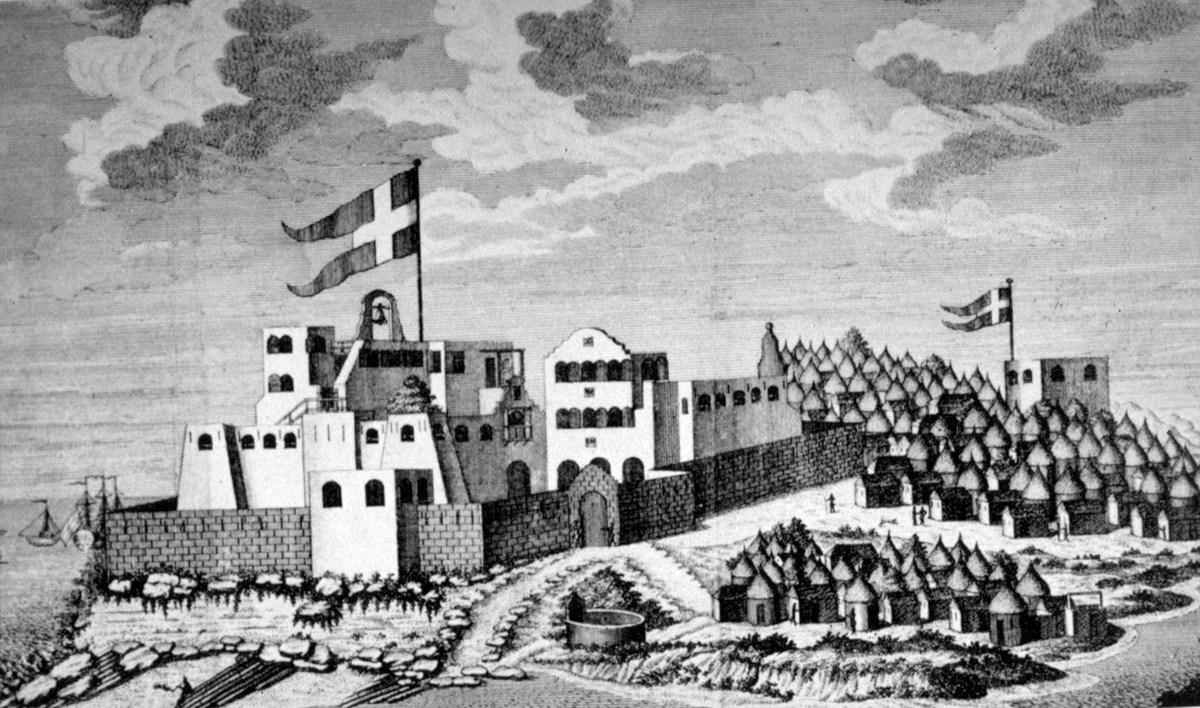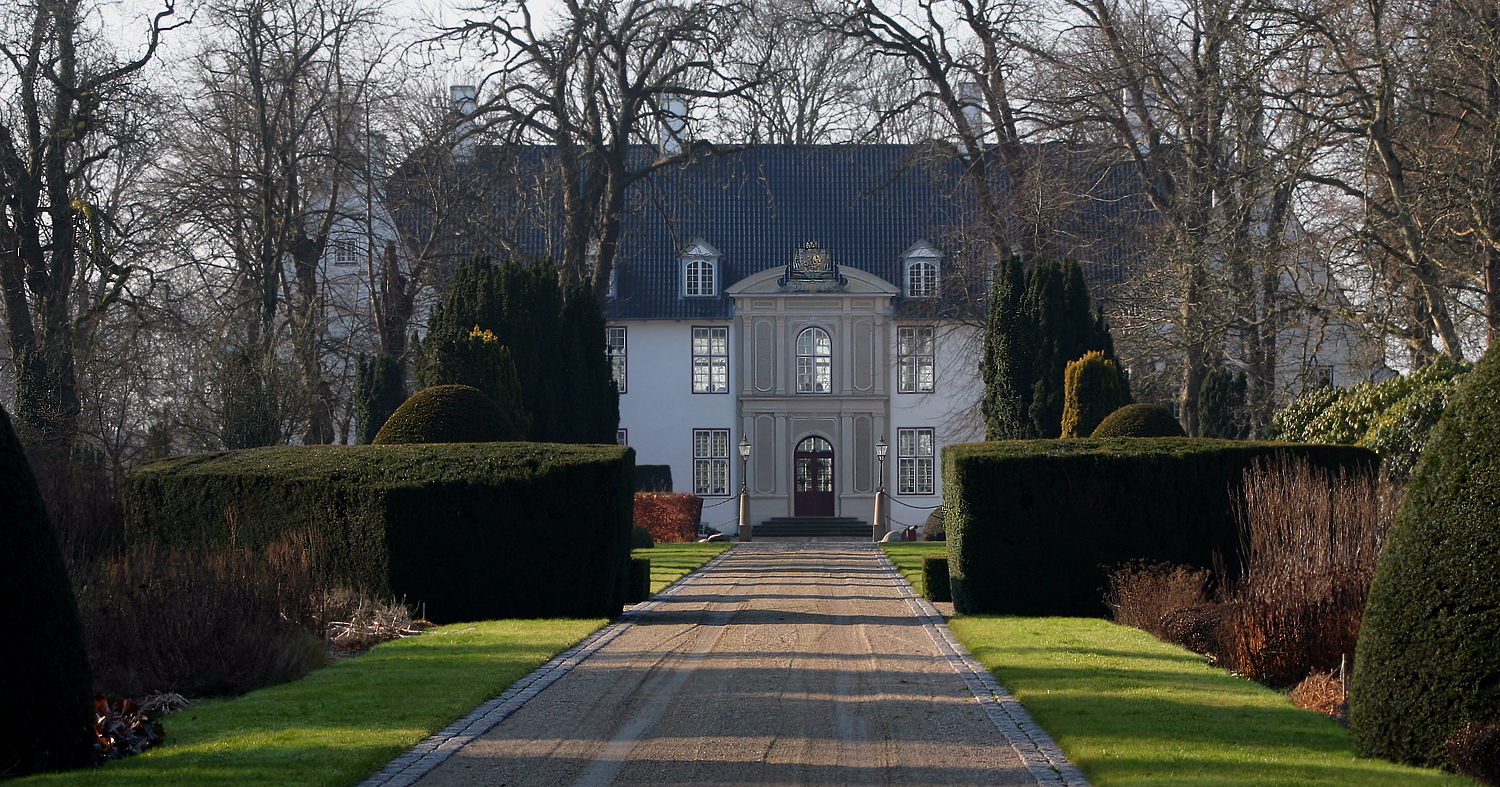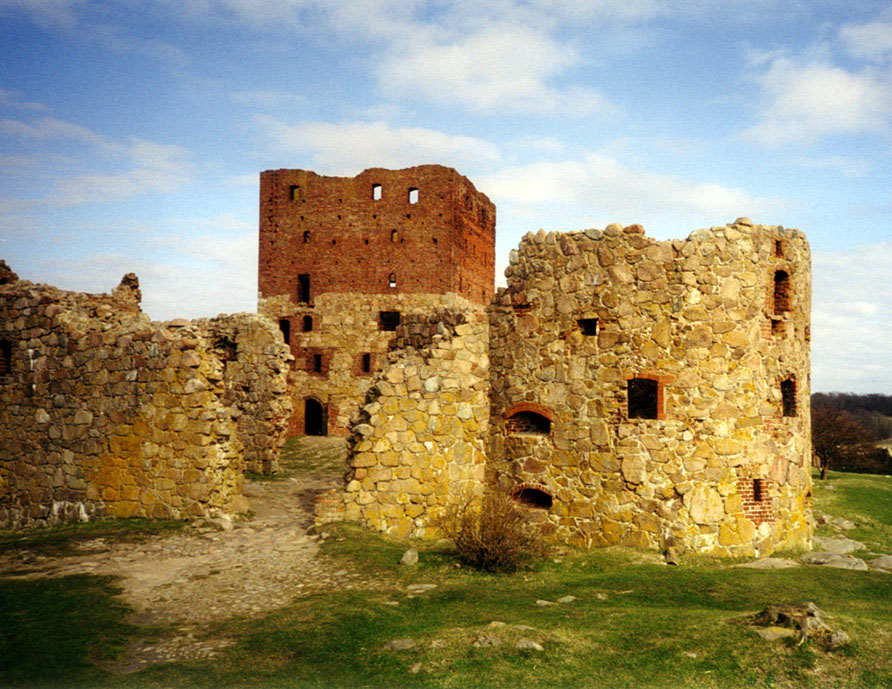|
1661 In Denmark
The following is a list of events that occurred in the year 1661 in Denmark. Incumbents * Monarch – Frederick III Events * January 10 – The decision to introduce absolute monarchy from the previous year enters into effect. * January 12 – The State College proposes a comprehensive codification of Danish law, later resulting in the Danish Code of 1683. * January – The Royal Horse Guards is founded. It is discontinued in 1866. * February 14 – The Supreme Court of Denmark is established. * April 16 – Joachim Gersdorff dies suddenly, giving rise to rumours that he has been poisoned. His wife Øllegaard Huitfeld and a maidservant are convicted of murder. * April 24 – Auctions are first authorized in Copenhagen and an auction master is engaged. * May 7 – A tax on marriage is introduced (the so-called ''kopulationspenge'') * June 4 – The so-called Demarcation Line around Copenhagen is introduced when it is prohibited to build in th ... [...More Info...] [...Related Items...] OR: [Wikipedia] [Google] [Baidu] |
1661
Events January–March * January 6 – The Fifth Monarchists, led by Thomas Venner, unsuccessfully attempt to seize control of London; George Monck's regiment defeats them. * January 29 – The Rokeby baronets, a British nobility title is created. * January 30 – The body of Oliver Cromwell is exhumed and subjected to a posthumous execution in London, along with those of John Bradshaw and Henry Ireton. * February 5 – The Shunzhi Emperor of the Chinese Qing Dynasty dies, and is succeeded by his 7-year-old son the Kangxi Emperor. * February 7 – Shah Shuja, who was deprived of his claim to the throne of the Mughal Empire by his younger brother Aurangzeb, then fled to Burma, is killed by Indian troops in an attack on his residence at Arakan. * February 14 – George Monck’s regiment becomes ''The Lord General's Regiment of Foot Guards'' in England (which later becomes the Coldstream Guards). * March 9 – Following the death of his ... [...More Info...] [...Related Items...] OR: [Wikipedia] [Google] [Baidu] |
Corfitz Ulfeldt
Count Corfits Ulfeldt (10 July 1606 – 20 February 1664) was a Denmark, Danish politician, statesman, and one of the most notorious traitors in Danish history. Early life Ulfeldt was the son of the chancellor Jacob Ulfeldt (1567–1630), Jacob Ulfeldt. He was educated abroad, concluding with one year under Cesare Cremonini (philosopher), Cesare Cremonini at Padua. He returned to Denmark in 1629. Rise to power Upon his return to Denmark, Ulfeldt quickly won the favor of Christian IV of Denmark, King Christian IV. In 1634 he was made a Knight of the Order of the Elephant, in 1636 became Councillor of State, in 1637 Governor of Copenhagen, and in 1643 Danish Stewards of the Realm, Steward of the Realm. In 1637 Ulfeldt married Leonora Christina Ulfeldt, Leonora Christina (1621–1698) who was the daughter of King Christian IV of Denmark. She had been betrothed to him since her ninth year. Ulfeldt was the most striking personality at the Danish court in all superficial accom ... [...More Info...] [...Related Items...] OR: [Wikipedia] [Google] [Baidu] |
1661 In Denmark
The following is a list of events that occurred in the year 1661 in Denmark. Incumbents * Monarch – Frederick III Events * January 10 – The decision to introduce absolute monarchy from the previous year enters into effect. * January 12 – The State College proposes a comprehensive codification of Danish law, later resulting in the Danish Code of 1683. * January – The Royal Horse Guards is founded. It is discontinued in 1866. * February 14 – The Supreme Court of Denmark is established. * April 16 – Joachim Gersdorff dies suddenly, giving rise to rumours that he has been poisoned. His wife Øllegaard Huitfeld and a maidservant are convicted of murder. * April 24 – Auctions are first authorized in Copenhagen and an auction master is engaged. * May 7 – A tax on marriage is introduced (the so-called ''kopulationspenge'') * June 4 – The so-called Demarcation Line around Copenhagen is introduced when it is prohibited to build in th ... [...More Info...] [...Related Items...] OR: [Wikipedia] [Google] [Baidu] |
1611 In Denmark
Events from the year 1611 in Denmark. Incumbents * Monarch – Christian IV * Steward of the Realm – Events * April The Kalmar War begins as Denmark-Norway declares war upon Sweden. * 3 May – Danish forces lay siege to Kalmar. The Siege of Kalmar ends on August 3. * 26 June The Swedish Storming of Kristianopel. * 3 July Battle of Risbye. Undated * A Statue of Leda and the Swan is mounted on a tall column an installed on an artificial islet in the Port of Copenhagen. Births * 2 February – Ulrik of Denmark, Prince of Denmark (died 1633 in Poland) * 3 February – Christian Ulrik Gyldenløve, military officer (died 1640) Undated * 12 November – Joachim Gersdorff, statesman (died 1661) Deaths Publications *Caspar Bartholin the Elder, ''Anatomicae Institutiones Corporis Humani'' (1611) References External links {{DEFAULTSORT:1611 Denmark Denmark ) , song = ( en, "King Christian stood by the lofty mast") , song_type = National and ro ... [...More Info...] [...Related Items...] OR: [Wikipedia] [Google] [Baidu] |
Danish Gold Coast
The Danish Gold Coast ( da, Danske Guldkyst or ''Dansk Guinea'') comprised the colonies that Denmark–Norway controlled in Africa as a part of the Gold Coast (roughly present-day southeast Ghana), which is on the Gulf of Guinea. It was colonized by the Dano-Norwegian fleet, first under indirect rule by the Danish West India Company (a chartered company), later as a crown colony of the kingdom of Denmark-Norway. The five Danish Gold Coast Territorial Settlements and forts of the Kingdom of Denmark were sold to the United Kingdom and were incorporated into the British Gold Coast in 1850. The area under Danish influence was over 10,000 square kilometres. History On April 20, 1663, the Danish seizure of Fort Christiansborg and Carlsborg completed the annexation of the Swedish Gold Coast settlements. From 1674 to 1755 the settlements were administered by the Danish West India-Guinea Company. From December 1680 to 29 August 1682, the Portuguese occupied Fort Christiansborg. In 1750 ... [...More Info...] [...Related Items...] OR: [Wikipedia] [Google] [Baidu] |
Fort Frederiksborg
Fort Frederiksborg, later Fort Royal, was a Danish and later English fort on the Gold Coast in contemporary Ghana. It was built in 1661, with the approval of the King of Fetu, a few hundred yards from Cape Coast Castle, which was at that time in Swedish hands, on Amanfro Hill. Along with several other castles and forts nearby, Fort Frederiksborg was inscribed on the World Heritage List in 1979 because of its testimony to European economic influence on West Africa and the Atlantic slave trade. History Frederiksborg was a small fort from which Cape Coast Castle could easily be bombarded. It functioned for a short time as the headquarters of the Danish West India Company on the Danish Gold Coast, before it was moved to Christiansborg Castle in Osu. In 1665 the English Royal African Company took over Cape Coast Castle Cape Coast Castle ( sv, Carolusborg) is one of about forty "slave castles", or large commercial forts, built on the Gold Coast of West Africa (now Ghana) by Eur ... [...More Info...] [...Related Items...] OR: [Wikipedia] [Google] [Baidu] |
Schackenborg Castle
Schackenborg Castle ( da, Schackenborg Slot, ) is a château located in Møgeltønder, Southern Jutland. From 1993 until 2014, it was the private residence of Prince Joachim of Denmark, the second son of Queen Margrethe II of Denmark. History Originally called Møgeltønderhus (Møgeltønder House), the former stronghold on the site was the property of the Roman Catholic bishops of Ribe. It served as protection against the Frisians in the south, and guarded the waterway that joined Vidå to Tønder. During the Reformation in Denmark, the mansion was confiscated from the Church by the Danish crown. Count Hans von Schack, a Schleswig nobleman and soldier, was given Møgeltønderhus as a token of King Frederick III of Denmark's gratitude for his military achievements in the Northern Wars. Schack demolished most of the mansion in 1661 due to its bad condition, building the more impressive, baroque style "Schackenborg Castle". In 1680, a street was laid out from the manor hou ... [...More Info...] [...Related Items...] OR: [Wikipedia] [Google] [Baidu] |
Hans Von Schack
Hans Schack (28 October 1608 – 27 February 1676) was a member of the north German noble family Schack, who after many years in French service, entered the Danish service, made major contributions during the war with Sweden, and loyally supported Frederick III when he overthrew the Danish constitution. He became a Danish field-marshal, commander-in-chief of the Danish army, member of the Board of State, and of the Danish Privy Council, and made a Danish count. Early career As a young man, Schack began his military career by serving in the Danish army during the early years of the Thirty Years' War. He entered Swedish service in 1630, and thence in French in 1635, becoming colonel of cavalry 1642, and later ''maréchal de camp''. In 1651 Schack retired from the French service to his estates in Saxe-Lauenburg, where he remained until 1656, when he became military commandant of Hamburg. [...More Info...] [...Related Items...] OR: [Wikipedia] [Google] [Baidu] |
Bornholm
Bornholm () is a Danish island in the Baltic Sea, to the east of the rest of Denmark, south of Sweden, northeast of Germany and north of Poland. Strategically located, Bornholm has been fought over for centuries. It has usually been ruled by Denmark, but also by Sweden and by Lübeck. The ruin of Hammershus, at the northwestern tip of the island, is the largest medieval fortress in northern Europe, testament to the importance of its location. Bornholm and Ertholmene comprise the last remaining Danish territory in Skåneland east of Øresund, having been surrendered to Sweden in 1658, but regained by Denmark in 1660 after a local revolt. The island is known as ("sunshine island") because of its weather and ("rock island") because of its geology, which consists of granite, except along the southern coast. The heat from the summer is stored in the rock formations and the weather is quite warm until October. As a result of the climate, a local variety of the common fig, known ... [...More Info...] [...Related Items...] OR: [Wikipedia] [Google] [Baidu] |
Hammershus
Hammershus is a medieval era fortification at Hammeren on the northern tip of the Danish island of Bornholm. The fortress was partially demolished around 1750 and is now a ruin. It was partially restored around 1900. History Hammershus was Scandinavia's largest medieval fortification and is one of the largest medieval fortifications in Northern Europe. It is situated in the Baltic Sea above sea level. The fortification was erected in the 13th century and consists of the base castle residence and features a grand tower called the "mantel" tower. Hammershus Fortress features a perimeter wall around the castle grounds. During a number of successive struggles between the kings of Denmark versus the Archbishopric, the fortress served as a refuge for the Archbishops including Bishop Jens Grand. It was conquered by the king's army on a number of occasions, e.g. 1259, 1265, 1319, and 1325. In 1521, it was taken by king Christian II, who used it to imprison Bishop Jens Andersen Beldena ... [...More Info...] [...Related Items...] OR: [Wikipedia] [Google] [Baidu] |
Leonora Christina Ulfeldt
Leonora Christina, Countess Ulfeldt, born "Countess Leonora Christina Christiansdatter" til Slesvig og Holsten (8 July 1621 – 16 March 1698), was the daughter of King Christian IV of Denmark and wife of Steward of the Realm, traitor Count Corfitz Ulfeldt. Renowned in Denmark since the 19th century for her posthumously published autobiography, ''Jammers Minde'', written secretly during two decades of solitary confinement in a royal dungeon, her intimate version of the major events she witnessed in Europe's history, interwoven with ruminations on her woes as a political prisoner, still commands popular interest, scholarly respect, and has virtually become the stuff of legend as retold and enlivened in Danish literature and art. Birth and family Christian IV is believed to have fathered fifteen children by his second wife, Kirsten Munk, at least three of whom were born before the couple married in 1615, and eight of whom lived to adulthood. The Munks were noble courtiers, and ... [...More Info...] [...Related Items...] OR: [Wikipedia] [Google] [Baidu] |
Coat Of Arms Of Copenhagen
The coat of arms of Copenhagen was granted (under its current form) on 24 June 1661 by king Frederick III of Denmark in appraisal of Copenhagen's citizen's efforts in repelling the Swedish siege and attack in 1658–1659. An accompanying royal letter of privilege granted the citizens of Copenhagen the same rights to own fixed property as applied to the Danish nobility. The central feature of the full arms are three towers rising above water, a symbol also appearing in the town's seal from 1296. The water element refers to the city's original name ''Havn'' meaning "Harbour" ( la, Hafnia). The left and right towers represent the castle of Absalon, while the central tower originally depicted a church building inside that castle. By the 16th century, the central tower was no longer depicted as a church tower; instead it had a gateway with a portcullis. The version granted by Frederick III modified the previous symbol by adding a knight carrying a raised sword in front of the gatew ... [...More Info...] [...Related Items...] OR: [Wikipedia] [Google] [Baidu] |






